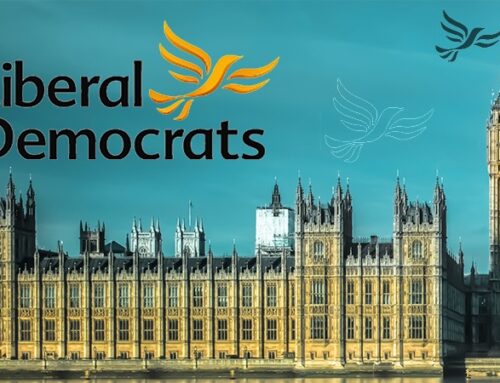The past few days have seen Tempus Energy surrendering its supply licence in order to focus purely on wholesale market trading, and Tidal Energy, the Welsh tidal stream technology company go into administration. Analysis by the Financial Times indicates that even in mature segments of the energy sector, in particular end-user supply, new entrants struggle to be profitable.
These failures illustrate the major challenge facing new energy technology start-ups as the market goes through its transition to a low carbon state: timing! Even where companies identify useful technology, commercial exploitation is far from straightforward.
In the recent BIEE conference, Innovation and Disruption the Energy Sector in Transition, Michael Pollitt described the problem:
“Value propositions for future energy services are often based on intermittency of energy supply and inflexibility of energy demand. Value creation is around whether new technologies can facilitate supply and demand matching in power, transport and heat. Value capture is about how future energy investments will be able to earn a return.”
He went on to outline a number of what he terms economic facts of life relating to the energy transition, including:
- The decline in resource rents and demand will reduce the overall profitability of the energy sector;
- A shift towards manufacturing as the basis for the energy industry will reduce rates of return and the importance of energy companies to the economy;
- Consumers want low prices, low complexity and energy security;
- Security of supply means that regulators and system operators are highly biased away from new innovations with a strong reluctance to experiment with new approaches, even if they look good on paper.
He could also have added that the current market framework, is also strongly biased to an out-moded capacity-oriented approach.
In the UK power market, the system operator acts as a gatekeeper, effectively controlling the development of the grid, except where direct government intervention drives change as in the rapid addition of certain renewable assets. National Grid is a private company, whose income structure relates to the construction, maintenance and management of the electricity transmission network in order to support secure delivery of electricity nationwide, so faces inherent conflicts of interest in relation to measures that may require different or even less transmission infrastructure.
This, coupled with the high level of risk aversion relating to new technologies is significantly inhibiting development of sustainable economic models for both new types of generation such as tidal power, and other services such as turndown DSR and battery storage. The prioritisation of capacity over flexibility adds to the challenges, as described well in this recent paper by the Green Alliance.
Layer upon layer of subsidies
This is further exacerbated by the problem, as I have outlined before, of pricing structures where energy and balancing market prices do not in fact reflect the full costs of delivering electricity in all periods. The House of Lords Select Committee on Economic Affairs is currently undertaking an inquiry (due to be published next year) into the economics of the UK’s energy policy. According to the Committee Chairman, Lord Hollick:
“The risk of widespread power cuts is low. The question is the price that taxpayers and consumers are going to have to pay to ensure that risk remains low. The energy market involves an extraordinarily complicated mix of policy interventions and subsidies. Every investment in electricity generating supply is effectively determined by the Government.”
Different policy objectives have resulted in a system of many layers of subsidies and specific service provision as energy and balancing markets fail to provide the returns required to support the desired investments:
- Subsidies for renewable generation to support decarbonisation;
- Subsidies for conventional generation (supplemental balancing reserve, nuclear CfD and capacity contracts) to provide backup for renewable generation;
- Subsidies for provision of frequency support, black start provision and other grid stabilisation services through anciliary services contracts.
In fact no part of the electricity market is now free from some form of extra-market support, with each new scheme acting to patch up undesirable consequences of previous schemes. This report from Oxford Institute for Energy Studies highlights the ways in which market prices are dysfunctional, and the consequences of that failure, and at the same time, the National Audit Office has found that the costs to consumers have been poorly controlled:
“The government has missed opportunities to exploit the full potential of the Levy Control Framework and this has contributed to decisions which have not secured value for money.”
Against this backdrop, it’s not surprising that start-up energy technology companies are struggling to develop viable economic models. Ofgem recognises these issues, and is working on various initiatives to increase flexibility in the market, however the central question of the role of the system operator is outside Ofgem’s remit and is a question for the government.
It’s time for BEIS to take a hard look at the structure of the energy markets, because while the system appears to be delivering security of supply, and decarbonisation is progressing, it is not being achieved at anything like the lowest reasonable cost, with consumers and new market entrants disproportionally bearing the consequences. In the meantime, new entrants need to find ways of exploiting existing sources of revenue, or share the fates of Tempus Energy and Tidal Energy.







Leave A Comment